CARING WITH FAMILY
|
| The level of affection a breed displays towards family members or familiar individuals can vary widely. Certain breeds may exhibit a reserved demeanor reserving their warmth exclusively for their owner, while other breeds are effusive in their friendliness treating everyone they recognize as if they were a beloved companion. The extent to which a dog is sociable and affectionate often depends on the breed's characteristic temperament and individual personality. |
LOVE WITH CHILDREN
Unwise
Good With Children
|
| A breed's patience and tolerance for children's behavior coupled with its overall suitability for family life, can vary. Even though dogs should always be supervised when around young children or children not accustomed to dogs, some breeds are known for their gentle disposition and forgiving nature making them more naturally inclined to integrate well with a household with children. The family-friendliness of a breed tends to correspond with these inherent characteristics, but individual dog personalities and their experiences with children also play a significant role. |
BEHAVIOR WITH DOGS
Unwise
Good With Other Dogs
|
| The inherent friendliness of a breed towards other dogs can vary considerably. While all dog interactions should be monitored especially when making introductions, some breeds are naturally more predisposed to socialize amicably with other canines, whether in the home environment or out in the community. This sociability can often reflect the breed's typical demeanor and the socialization experiences they have during their formative stages. |
SHEDDING LEVELS & MANAGEMENT
No Shedding
Hair Everywhere
|
| The amount of fur and hair a breed sheds can vary greatly. Breeds that are high shedders generally require more frequent brushing to manage their loose hair, may trigger allergies more easily and often necessitate more regular house cleaning routines, including vacuuming and using lint rollers to pick up after them. If you're considering a particular breed, it's wise to take into account the level of shedding you're prepared to handle as part of your daily routine. |
COAT GROOMING STANDARDS
|
| The frequency with which a breed needs grooming, including bathing, brushing and trimming can differ significantly from one breed to another. When thinking about the grooming commitment evaluate how much time, patience and financial resources you have available for ongoing coat care. Some breeds may need only occasional baths and weekly brushings, while others might require daily attention to prevent mats or to maintain a particular style. All breeds without exception will need their nails trimmed on a regular basis to avoid overgrowth and the health issues that can accompany it. |
DROOLING INTENSITY
Less Likely to Drool
Always Have a Towel
|
| In the realm of canine companions, the propensity to drool can differ greatly. If your preference leans towards cleanliness, you might want to think twice about breeds known for leaving behind slobber streaks or wet patches on your attire. |
COAT STYLES GUIDE |
| Silky |
| COAT SPECTRUM |
| Long |
FRIENDLINESS
Reserved
Everyone Is My Best Friend
|
| The likelihood of a breed's openness to unfamiliar faces varies widely. You'll find that certain breeds naturally exhibit a more reserved or wary demeanor in the presence of people they haven't met before, no matter the setting. In contrast, there are breeds that seem to revel in the joy of encountering a new person, embracing every opportunity to make a human friend. |
LIVELINESS
Only When You Want To Play
Non-Stop
|
| The level of playfulness a breed retains beyond its youthful puppy days can vary widely. Certain breeds will maintain a zest for engaging in playful activities like tug-of-war or fetch well into their mature stage relishing every throw and tug with childlike enthusiasm. Meanwhile, some breeds will prefer a more laid-back lifestyle, content to spend the majority of their time lounging on the sofa alongside you simply enjoying your company. |
VIGILANCE INTENSITY
What's Mine Is Yours
Vigilant
|
| A breed's propensity to signal when unfamiliar individuals are nearby can vary. Such breeds often have a heightened sense of vigilance and may respond to any perceived threat from the daily arrival of the mailman to a squirrel scampering by the window. These particular breeds are also inclined to show affection to newcomers once they step into the home providing they receive a nod of approval from their family members. |
ADAPTATION CAPACITY
Lives For Routine
Highly Adaptable
|
| A breed's adaptability to change is something that fluctuates widely. For some breeds, shifts in living environments, fluctuating noise levels, weather changes, alterations in daily routines and other day-to-day differences are taken in stride without much fuss. They navigate these changes with ease demonstrating their flexible nature. On the other hand, there are breeds that prefer consistency and may require more patience and gentle guidance to comfortably adjust to new circumstances and routines. |
OBEDIENCE LEVEL
Self-Willed
Eager to Please
|
| The ease of training your canine companion as well as their eagerness to learn new skills can vary significantly from one breed to another. There are breeds that seem to live to please their owners thriving on praise and the sheer joy of mastering new commands and tricks. On the flip side, there are those breeds who exhibit a more independent streak preferring to follow their own whims and desires on their own timetable and across any terrain they choose. |
STAMINA LEVEL
|
| The required levels of physical exercise and mental engagement differ greatly among dog breeds. High-energy breeds are full of life and zeal, always on standby for whatever escapade comes next. Their days are spent in constant motion running, leaping, and frolicking from dawn until dusk. In contrast, low-energy breeds are the animal kingdom's equivalent of a couch potato; they're utterly content to sprawl out and drift into dreamland embracing leisure and rest with open paws. |
VOCALIZATION
|
| Medium |
LEARNING CURIOSITY LEVEL
Happy to Lounge
Needs a Job or Activity
|
| Understanding the cognitive requirements essential for a breed's contentment and health is crucial. Canines developed for specific roles may need to engage in activities that stimulate their intellect through decision-making and problem-solving tasks. In the absence of these mentally stimulating exercises, they're likely to find other ways to occupy their minds often resulting in less-than-desirable projects for their owners. |
| COLORS |
|
Description
|
Registration Code
|
|
Black
|
007
|
|
Black & Tan
|
018
|
|
Cream
|
076
|
|
Golden
|
093
|
|
Grizzle
|
109
|
|
Red
|
140
|
|
Red Gold
|
152
|
|
White
|
199
|
|
Blue
|
037
|
|
Charcoal
|
331
|
|
Gray
|
100
|
|
Liver
|
123
|
|
Silver
|
176
|
|
| PATTERNS |
|
Description
|
Registration Code
|
|
Black Mask With Tips
|
054
|
|
Black Tips
|
053
|
|
Brindle
|
051
|
|
Parti-Color
|
038
|
|
Sable
|
026
|
|
White Markings
|
014
|
|
Sable, White Markings
|
067
|
|
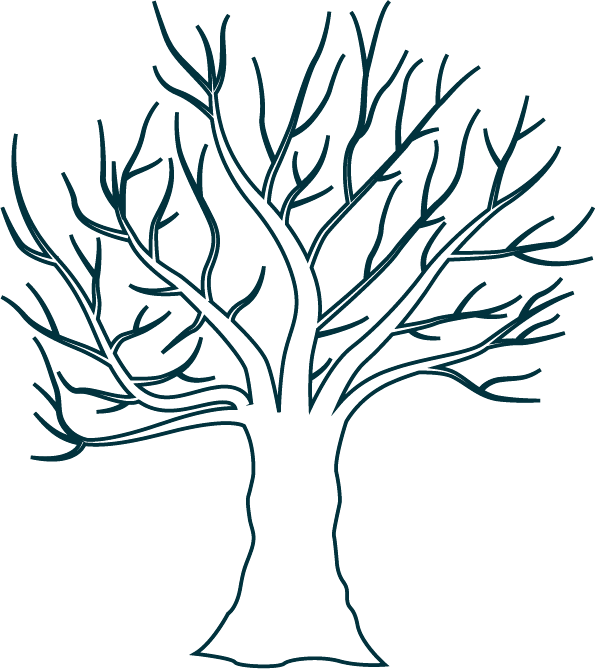


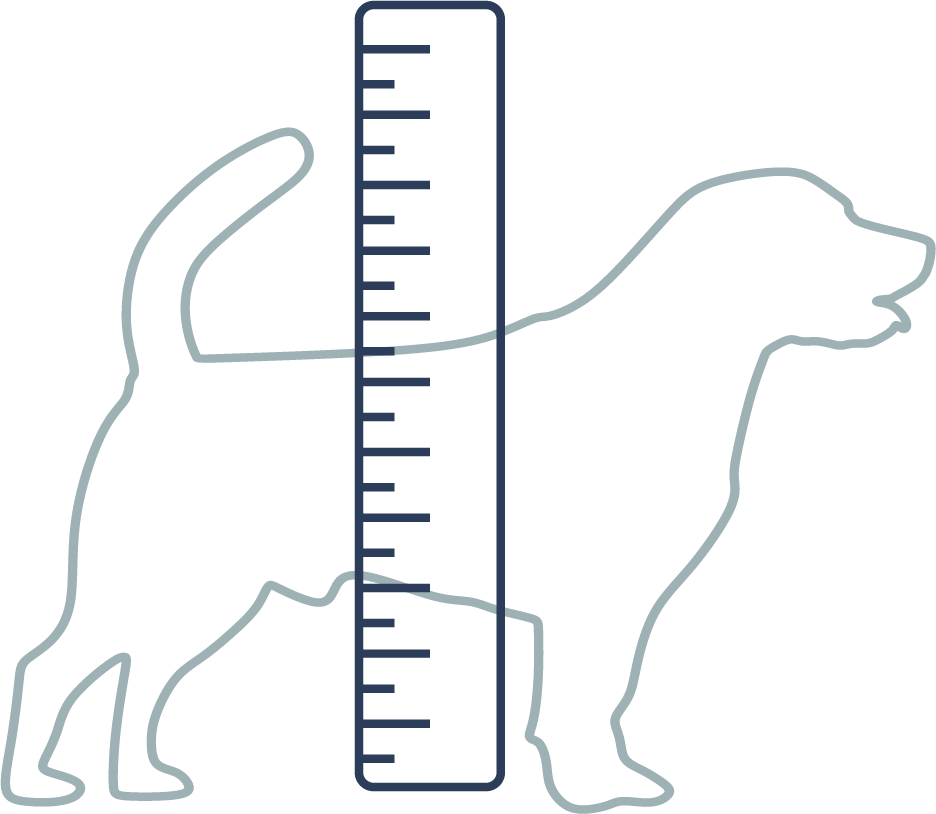


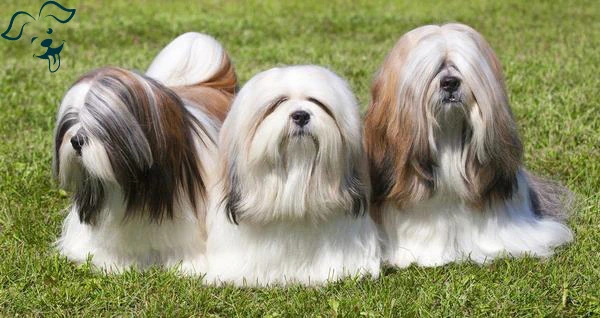
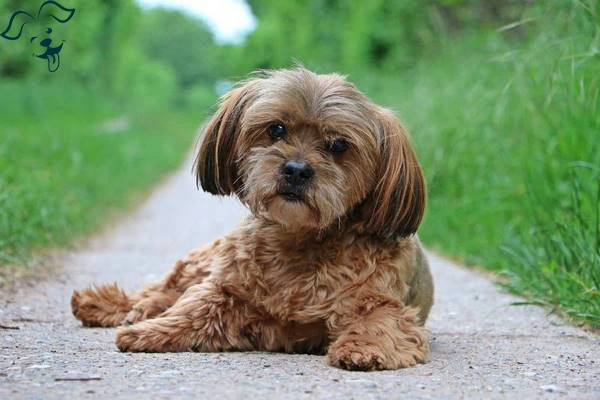
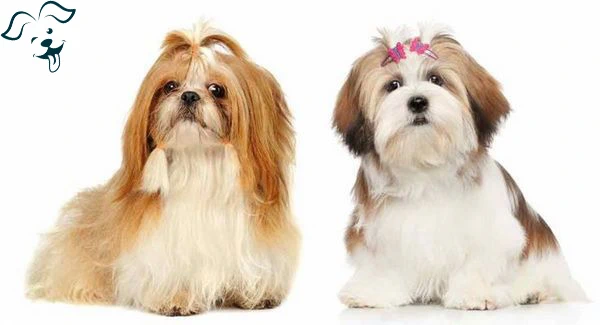
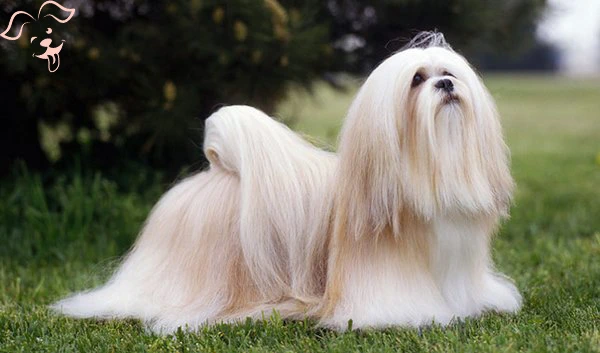





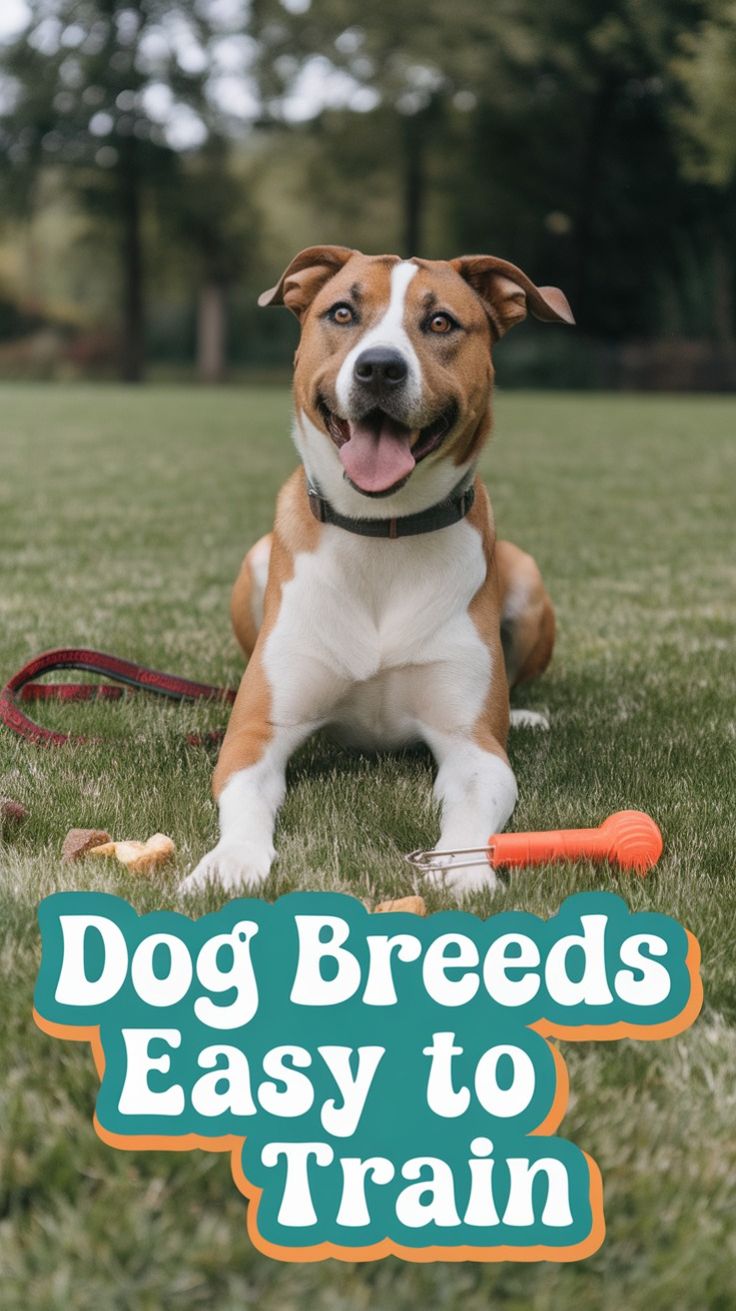
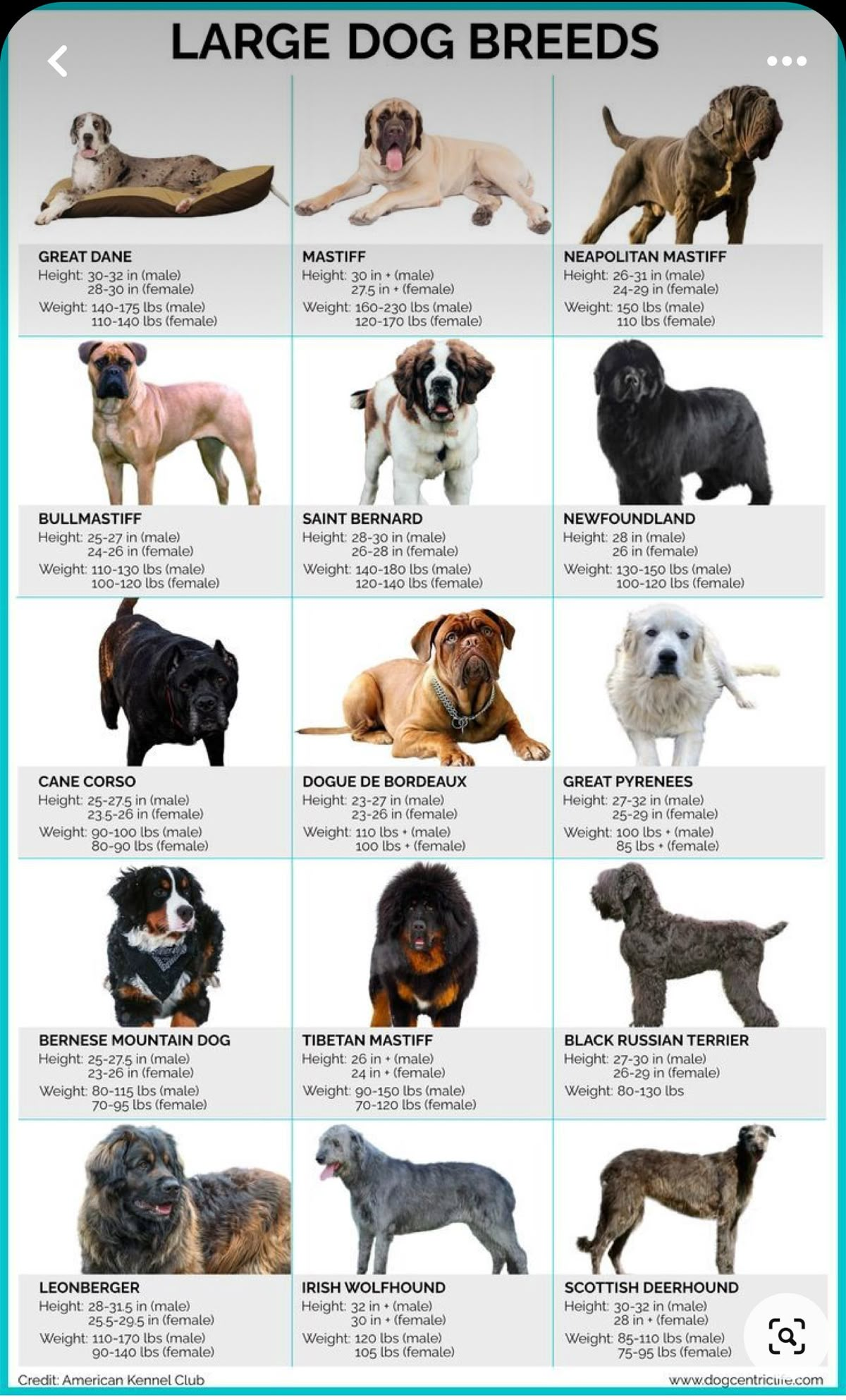

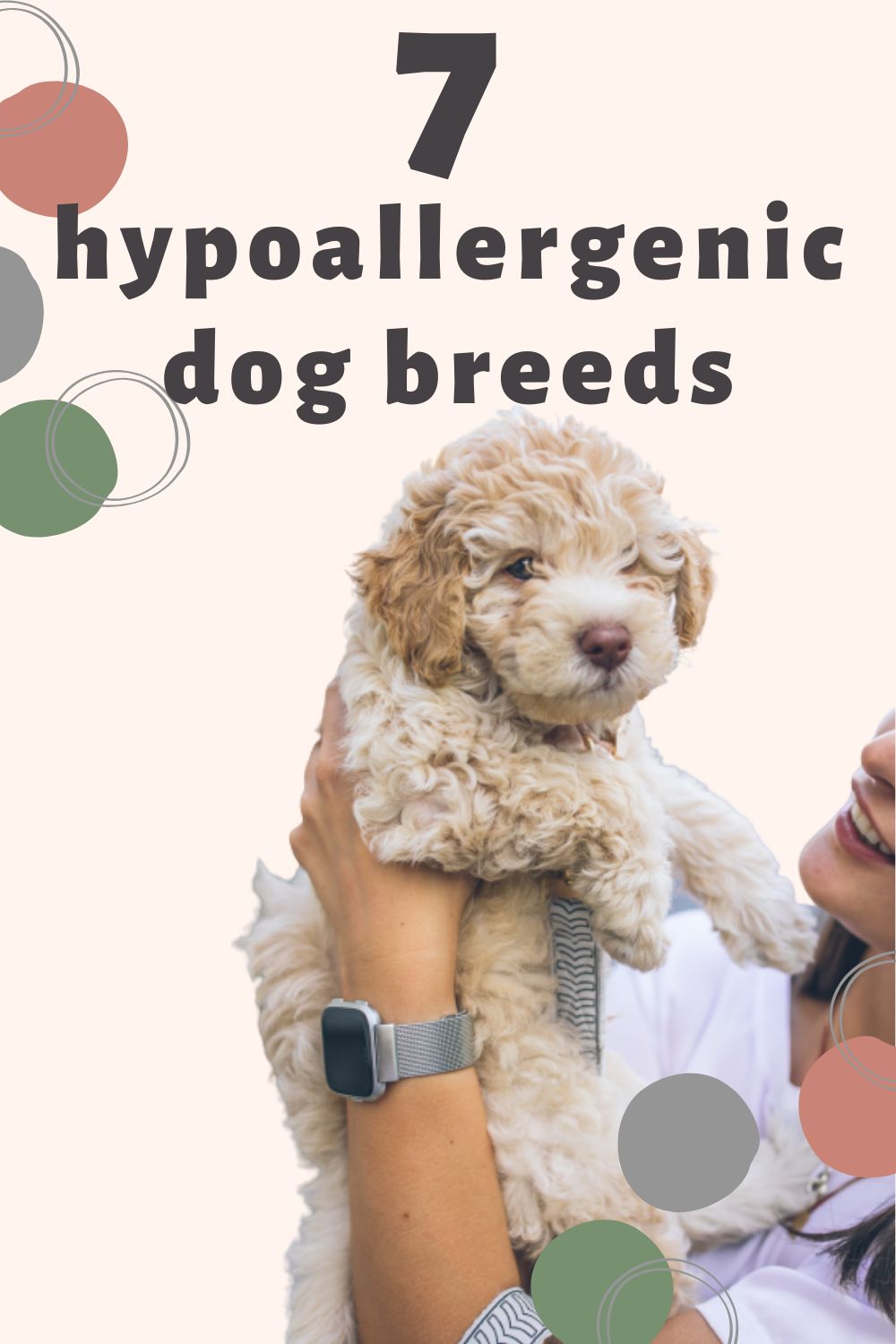

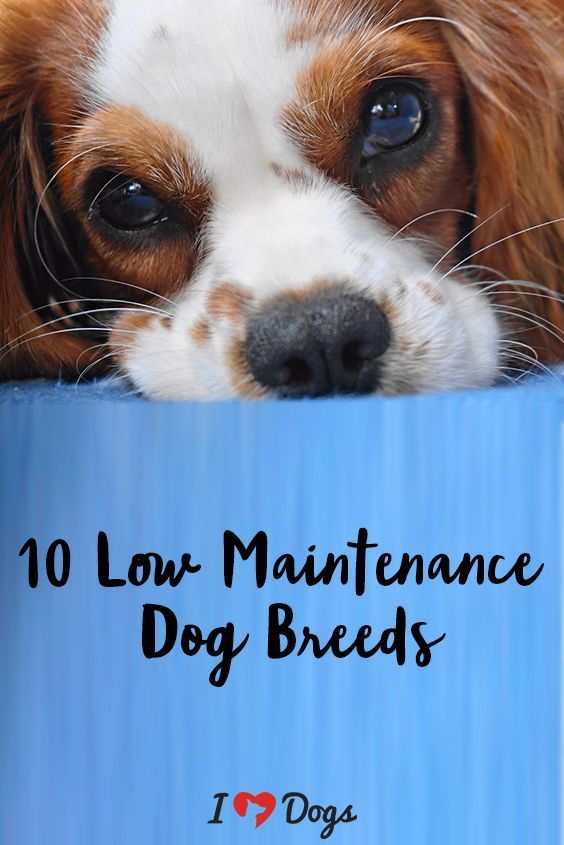
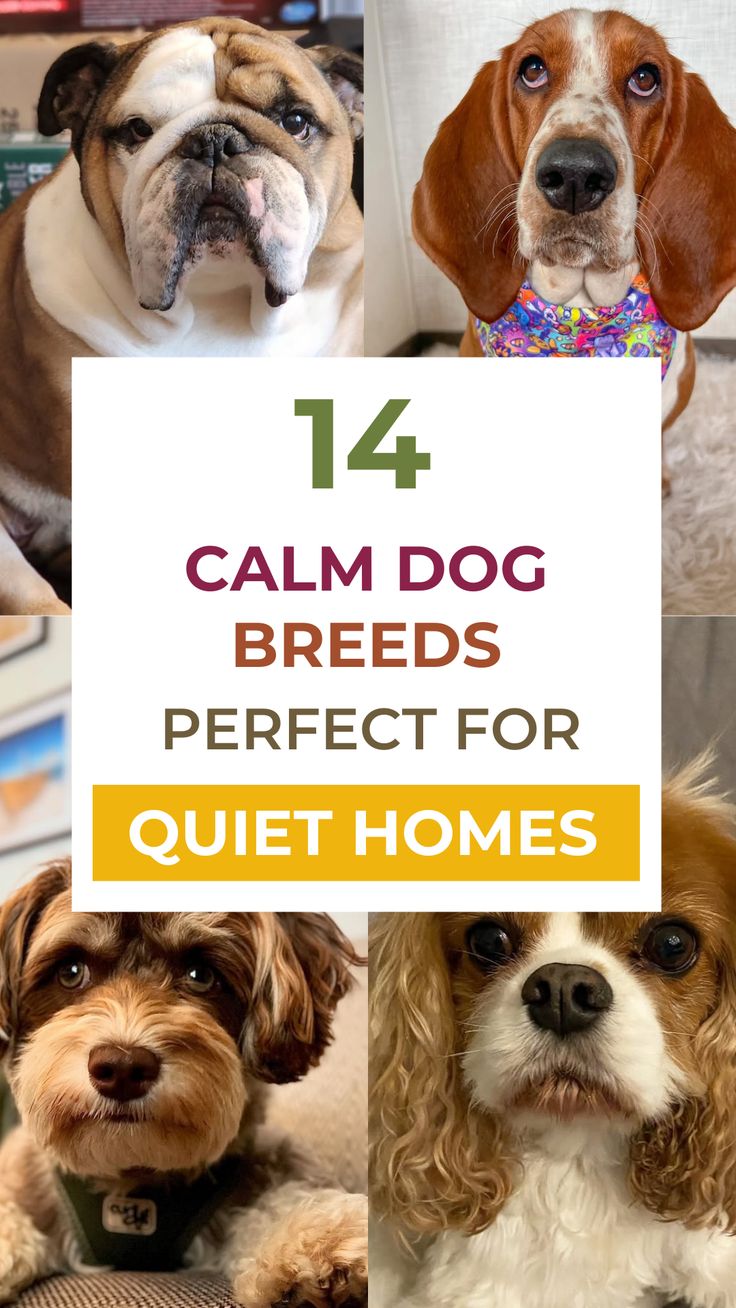

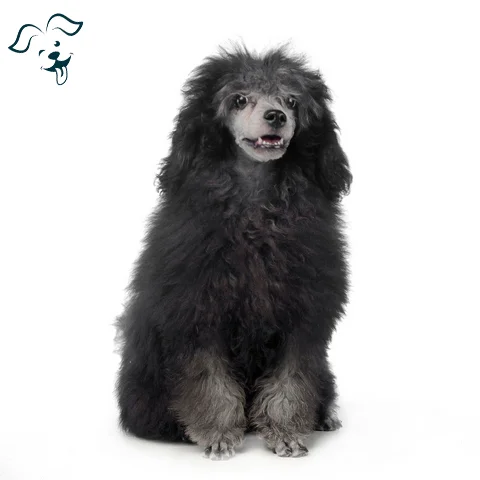

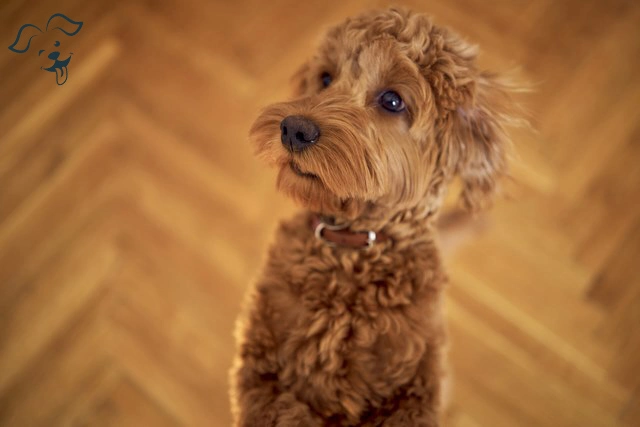
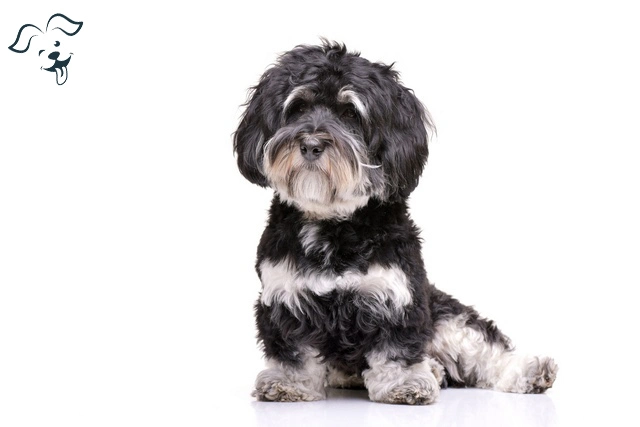
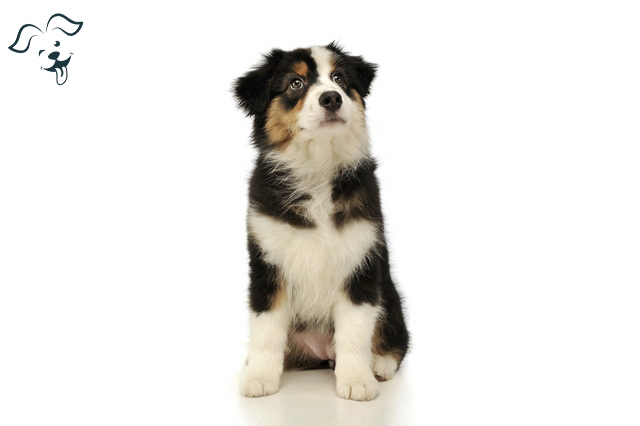
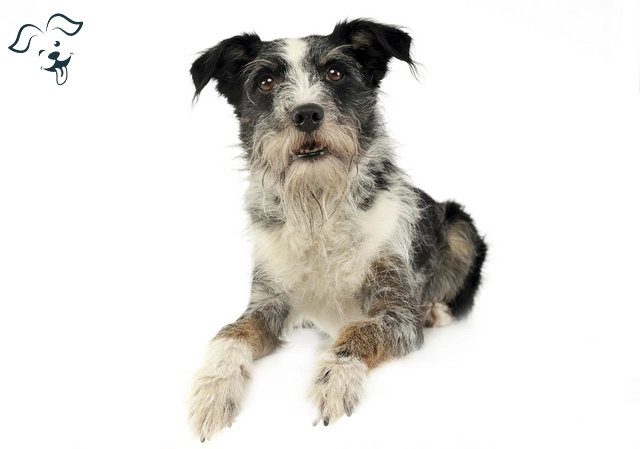
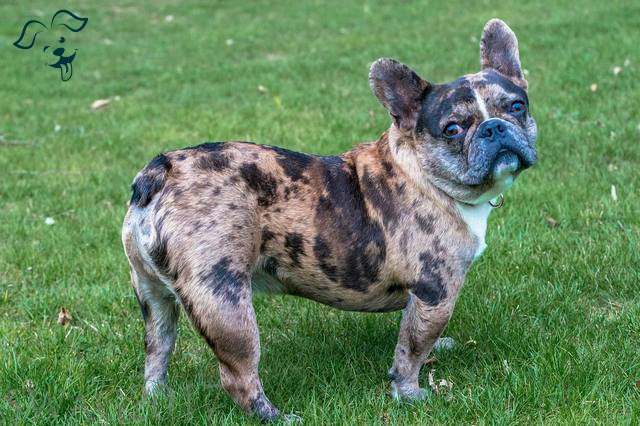
FRIENDLINESS
LIVELINESS
VIGILANCE INTENSITY
ADAPTATION CAPACITY